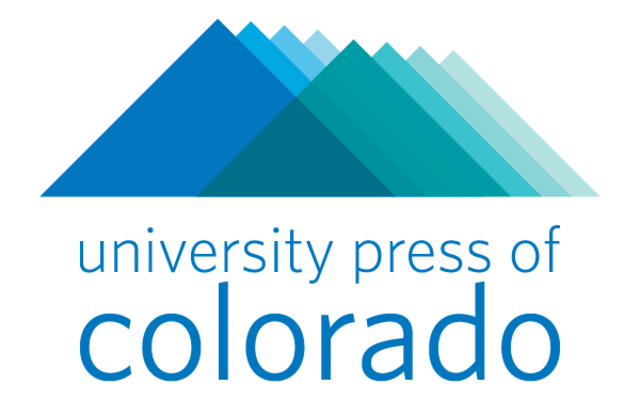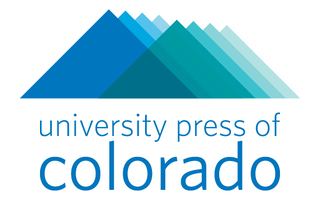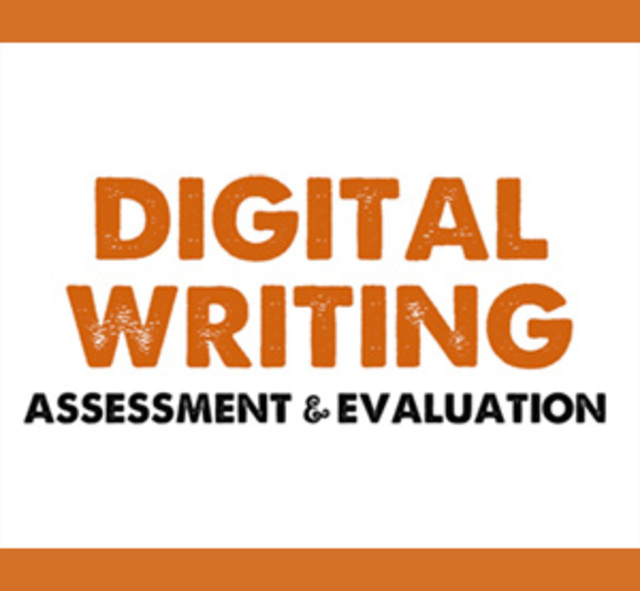Digital Writing Assessment & Evaluation
Published by the Computers and Composition Digital Press, an imprint of Utah State University Press
Writing has changed due to the affordances of digital technologies, and writing assessment has changed as well. As writing programs integrate more digital writing work, students, teachers, and administrators face the rewards and challenges of assessing and evaluating multimodal and networked writing projects. Whether classroom-based or program-level; whether in first-year writing, technical communication, or writing-across-the-curriculum; whether formative or summative; and whether for purposes of placement, grading, self-study, or external reporting, digital writing complicates the processes and practices of assessment.
The chapters in Digital Writing Assessment & Evaluation place emphasis on assessment of digital writing?the methodological, technological, and ethical approaches for and issues involved with assessing multimodal, networked texts (and the student learning they represent). Authors address questions such as:
- How do different approaches to assessing traditional writing (8 1/2 x 11 word-centric texts) port?or not?to the assessment of digital writing? What challenges and opportunities for assessment do multimodal, networked texts present to teachers, program administrators, state-wide organizations, etc.?
- What material and technological resources are needed when assessing digital writing and/or how might existing resources need to be modified?
- How are processes and products of selection, collection, and reflection different (or not) with the multimodal affordances of digital technologies?
- How do guidelines and outcomes of groups such as CCCC, NCTE, WPA, AAC&U, impact approaches to assessment? How might these guidelines and outcomes need to be revised to better address digital writing assessment?
- How might the multimodal, networked affordances of digital writing affect issues of equity and access? How might groups often disenfranchised by more traditional assessment be impacted by digital writing assessment?
- How might eportfolios be designed for showcasing the collaborative composing processes of multimodal and/or networked writing?
- By what criteria should program administrators and instructors assess and select course-management and/or eportfolio systems?
The fourteen chapters are organized into four sections, addressing equity and assessment, classroom evaluation and assessment, multimodal evaluation and assessment, and program revisioning and program assessment.
The goal of the CCDP imprint is to honor traditional academic values of rigorous peer review and intellectual excellence, but at the same time to create a venue for innovative digital scholarship and expression in the field of English composition and rhetoric. Volumes in the CCDP series are published under a Creative Commons copyright license, and are available open-access.
Metadata
- isbn978-0-87421-949-4
- publisherComposition and Computers Digital Press
- rightsCopyright © 2013 Heidi A. McKee, Dànielle Nicole DeVoss, and Utah State University Press/Computers and Composition Digital Press. Some rights reserved.


